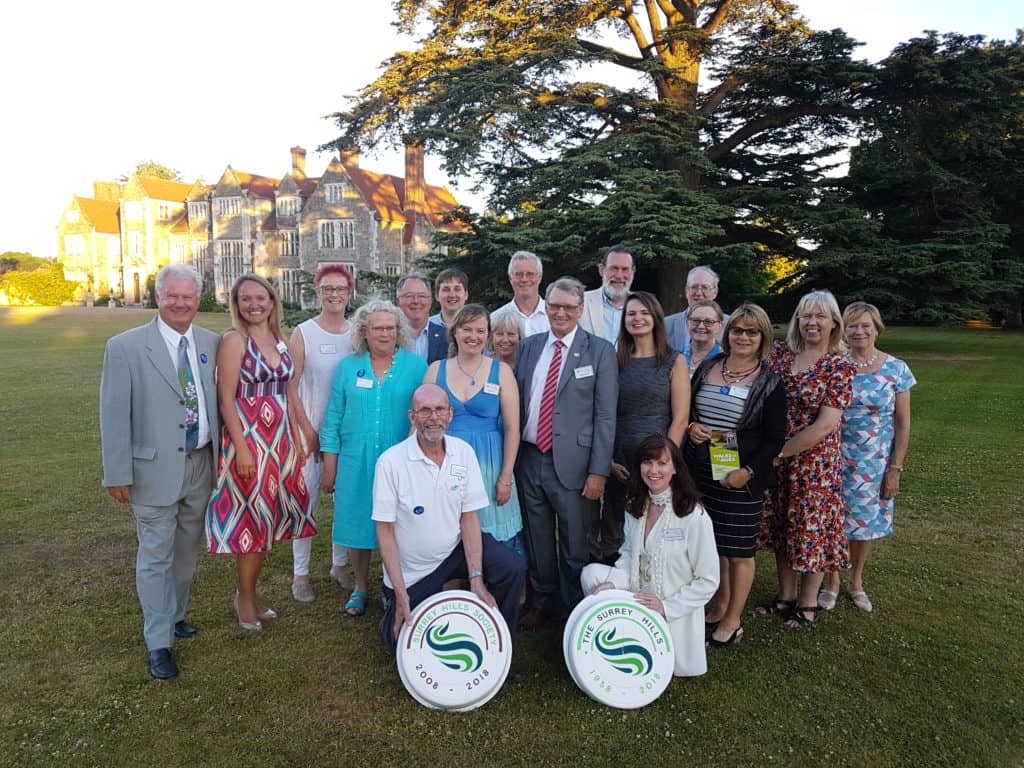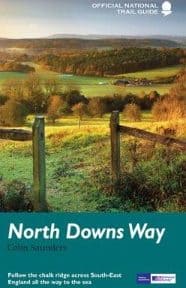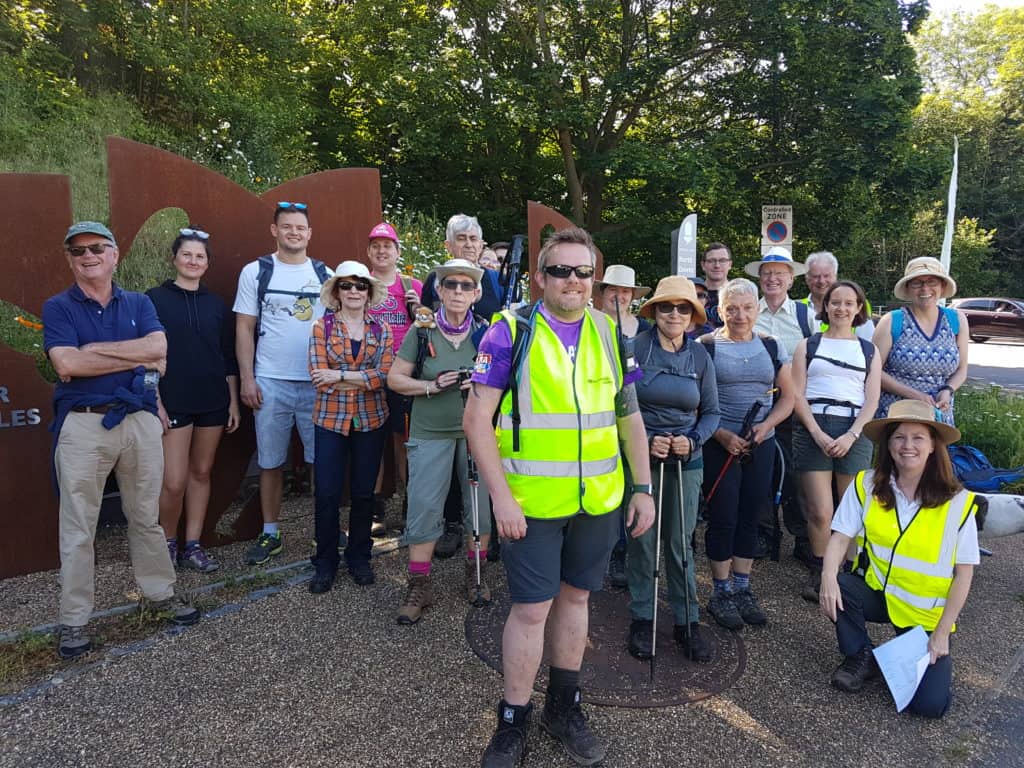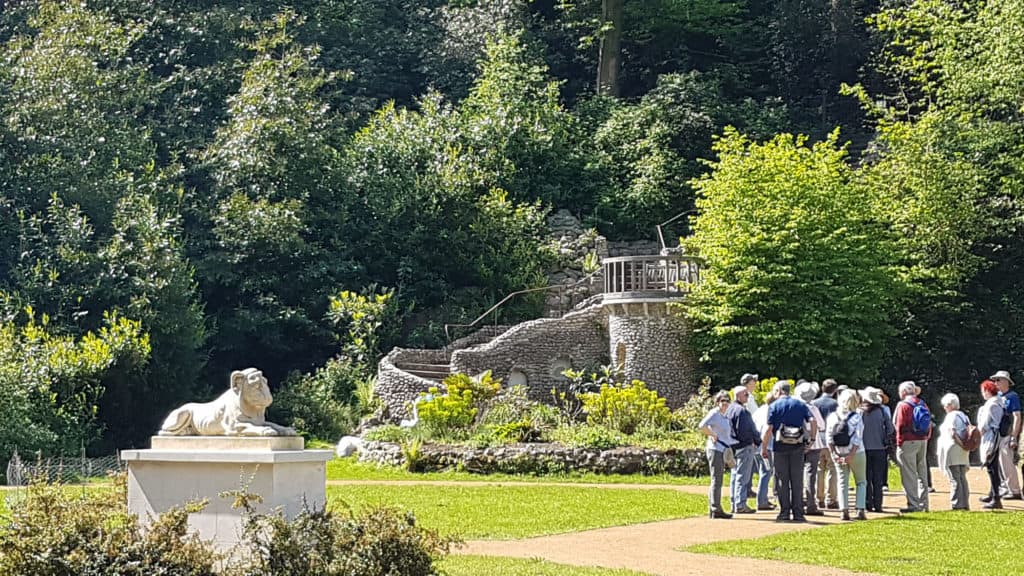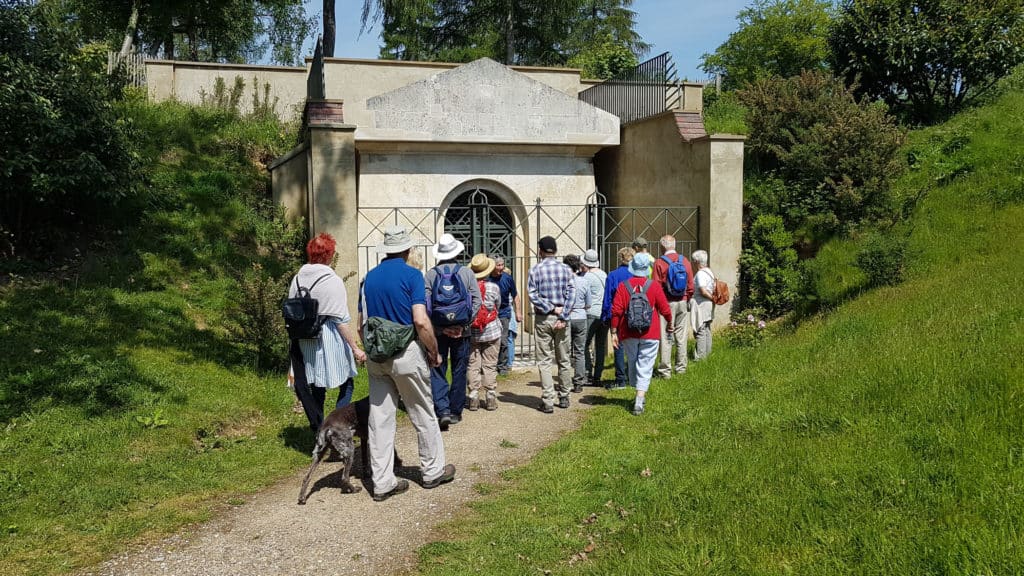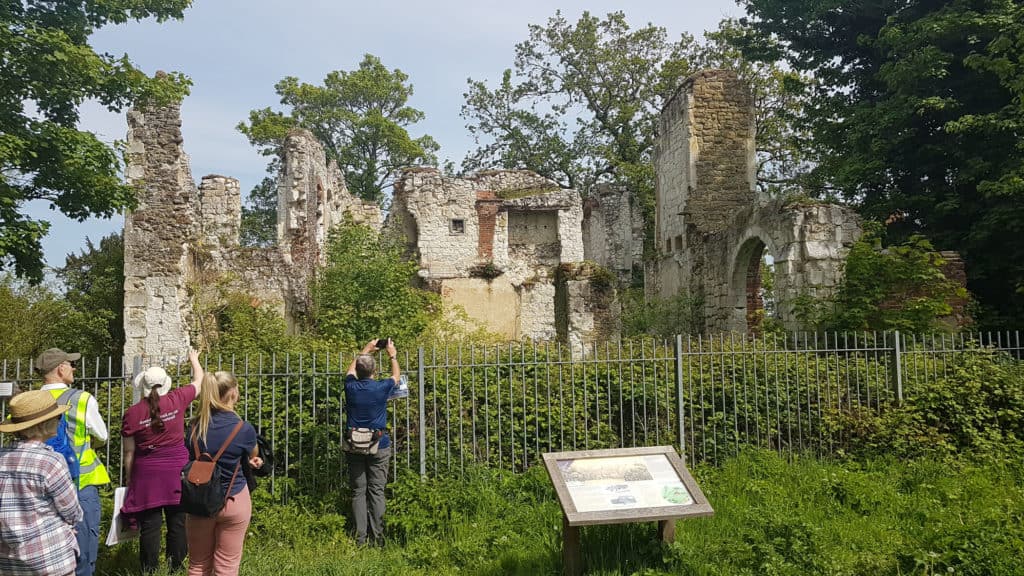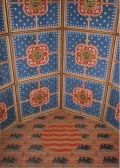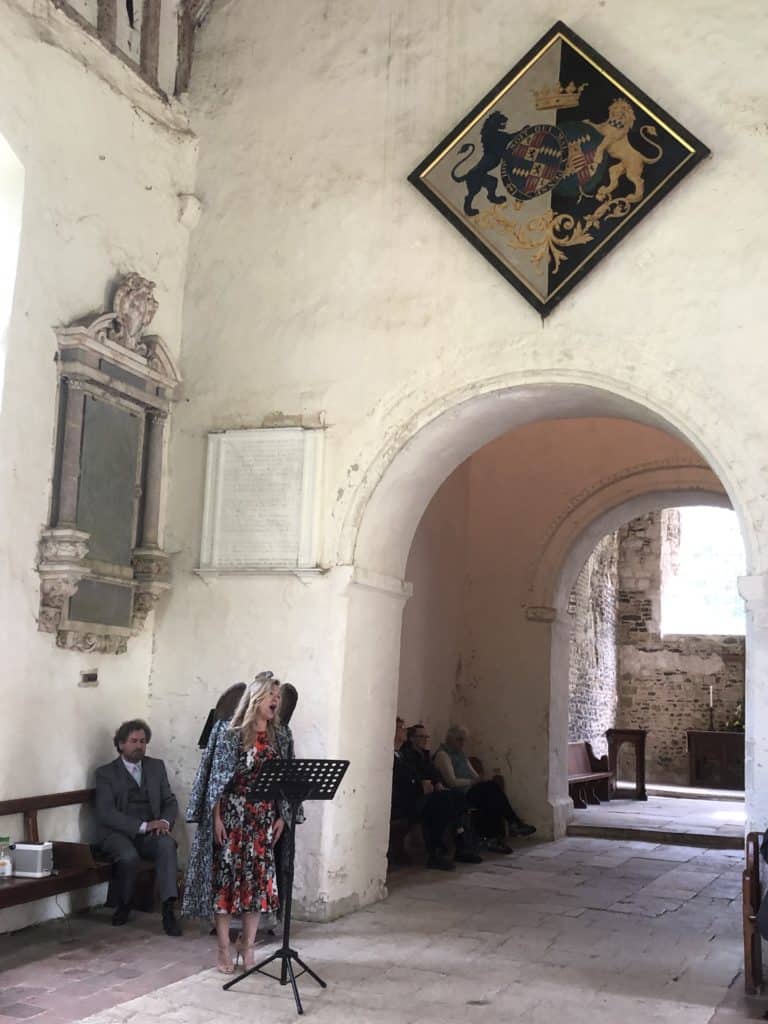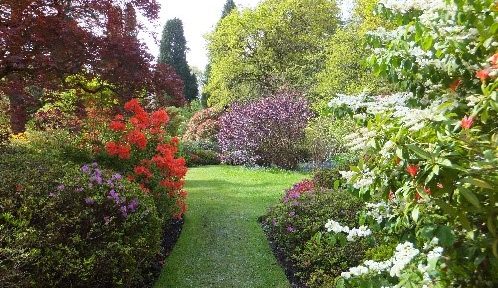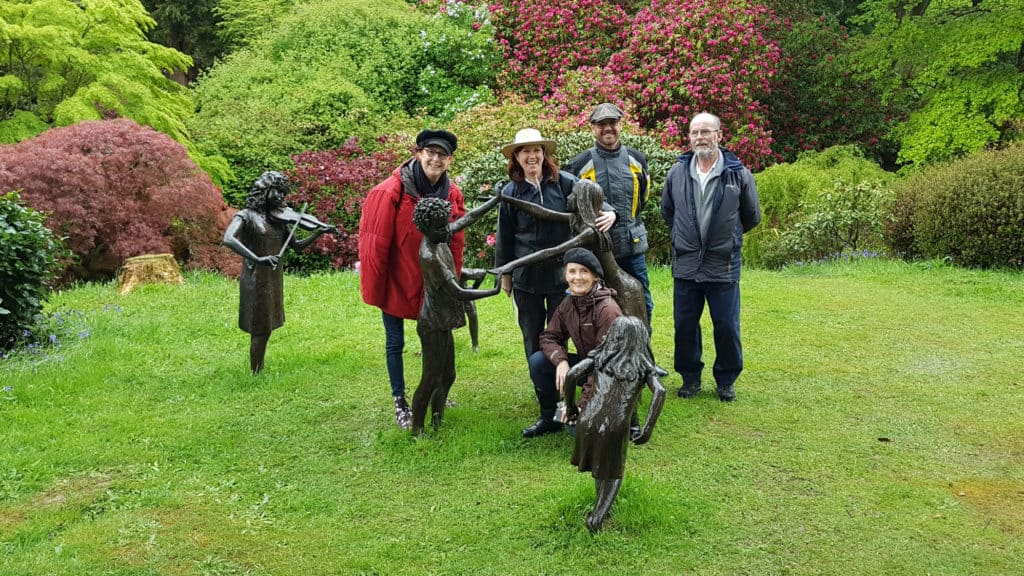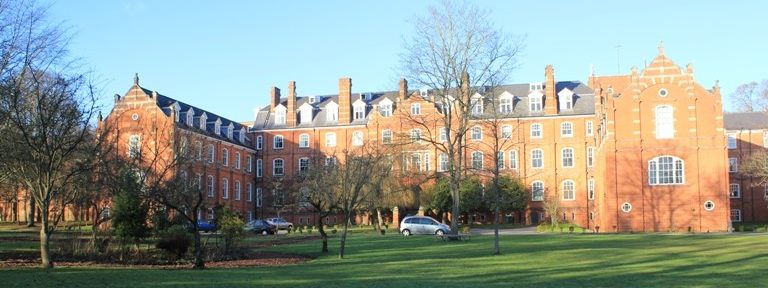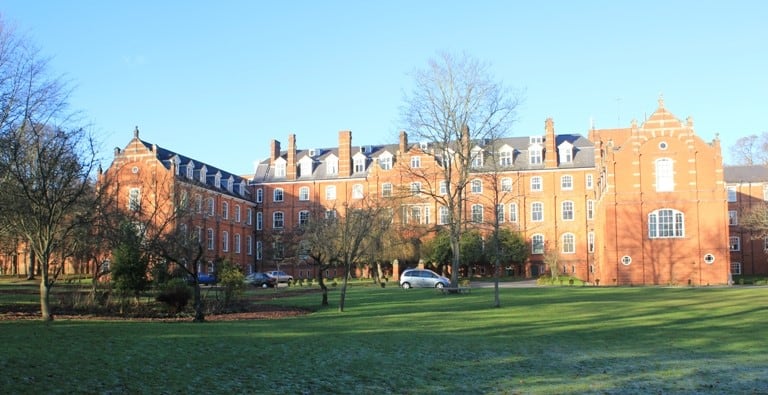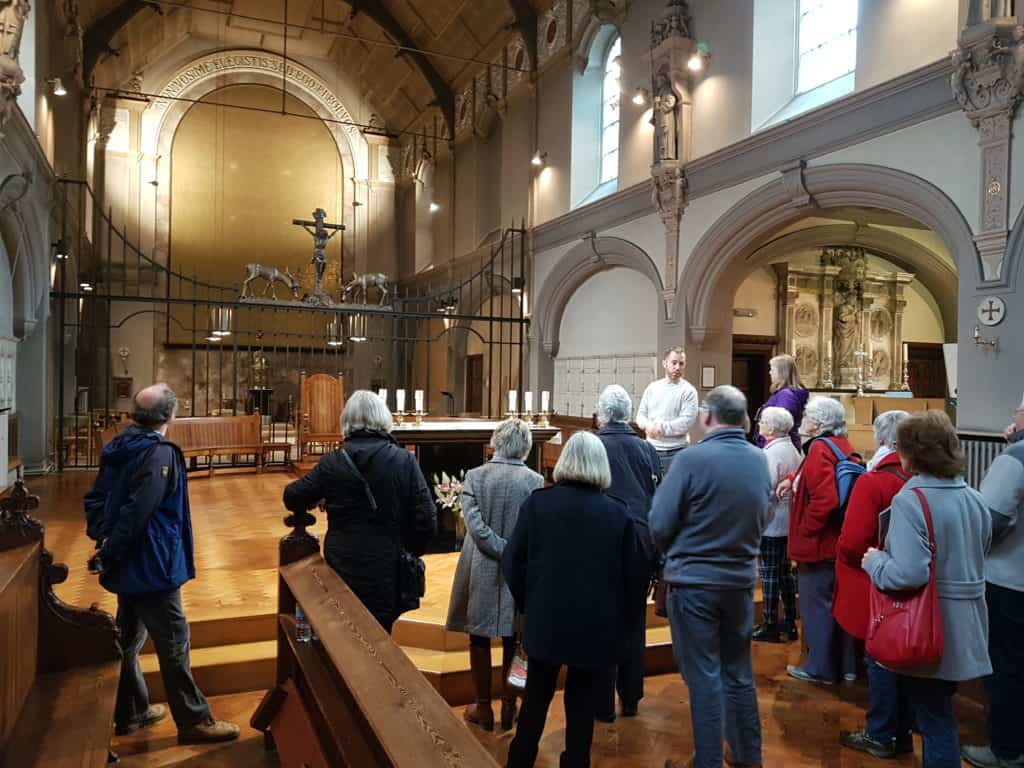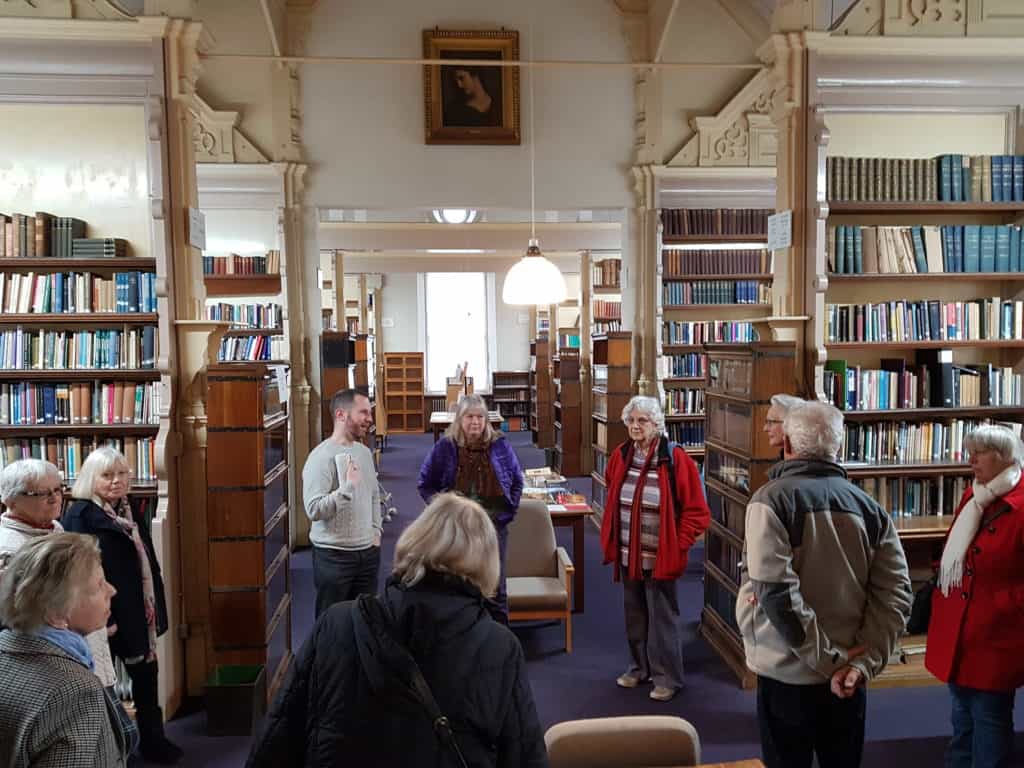On 2nd June it was announced that the Surrey Hills Society had received The Queen’s Award for Voluntary Service (QAVS). This award honours the outstanding contribution of all our Surrey Hills Society volunteers in their support for the Surrey Hills Area of Outstanding Natural Beauty (AONB). It is the equivalent of an MBE and, as it states on the official website, “It is granted to exceptional volunteer groups across the UK who are making a positive impact on the lives of others.”
The selection process is rigorous, looking at all aspects of what the Society has been doing in recent years and how it achieves the objectives for which it was created. But more than these processes, it is the people who make our organisation such a success. We identified that there are currently approximately 70 active volunteers who give their time freely to support the Society across a range of activities. Amongst these are our Trustees and management team, members of various sub-teams who deal with communications, events, our newsletter, membership, support at shows, finance, administration and so on. These people are the life blood of the Society and their work enables all our members – and those that we connect with through all our activities – to enjoy, enhance and conserve the Surrey Hills AONB.
But it is not only our current band of volunteers to whom we dedicate this Award success. We could never have created such as successful and vibrant charity if it had not been for the hard work and foresight of those who helped establish the Society and have supported us throughout the years. Many names come to mind but three in particular deserve a special mention.

Our founding chairman – Neil Maltby – steered us through our first three years and is now our President. Neil’s contacts and enthusiasm gave us the firm foundations from which we are still benefiting.

June Robinson came on board as a paid administrator but did far more hours as a volunteer than she ever did in return for payment. June not only managed the Chairman and Trustees and kept the organisation pointing in the right direction but she was also the “go to” person when we needed input on Arts related matters or contacts in the area. Added to that, June was such a highly motivated volunteer that she was a major player in driving the Society forward through those early years. She famously said that she would have finished her job when she had made herself redundant. By that she meant that all her work had been passed on to competent volunteers. She succeeded and moved on to other activities – but is still a very supportive member.
Another founder member who had a major impact on the direction of the Society was Graham Butler who, sadly, died recently. Graham was the first chairman of our Events team and it was he who instigated the early elements of our walks programme which now goes from strength to strength.
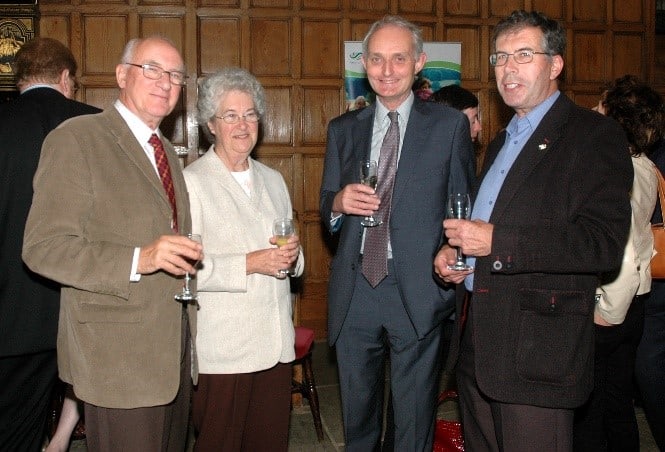
Again, his breadth of knowledge gained via his role with the Ramblers and similar organisations, enabled us to kick start our events programme and create activities which our members wanted to take part in. This then provided an engine to drive membership growth and support the rest of our work.
Over the years, many volunteers have been part of what makes the Society special and we thank all of them for their contributions. One of the things which differentiates the Surrey Hills Society from many other charities and volunteer groups is that our remit is to promote, and conserve the Surrey Hills AONB but we don’t own or have responsibility for any land. Thus we are able to work with, and support, any other relevant organisations across the AONB to our mutual benefit. As an “umbrella” organisation we can work with other charities (large or small) and are quite happy for our members to head off and work with them if they find a topic of interest. For example, we have members who volunteer with the National Trust in various roles – in some cases as the result of an interest triggered by one of our visits. Another one took part in a visit to a therapy garden at Dorking, joined their team and this year that group has also been awarded the QAVS. There are many more examples of our members becoming volunteers either with us or with partner organisations. The key point is that all of them are doing things which they enjoy and that benefit the long term future of the Surrey Hills AONB.
Volunteers come from all age groups and backgrounds, with different skill sets and with differing interests or amounts of free time. We have opportunities for all of them to help grow the Society so that we can show to the world that not only were we good enough to get the Queens Award for Voluntary Service in 2019 but that we are using it as a launch pad to get even better and more successful in future years.
A massive “Thank You” and “Congratulations” to all our volunteers – past and present.



